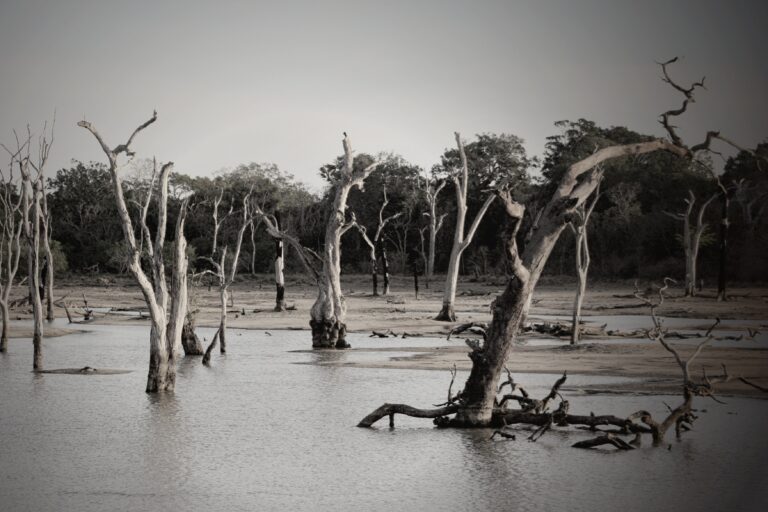America’s Most Dangerous City For Winter Weather

America is in the midst of a brutal winter. Across the middle of the country, records have been set for new low winter temperatures. Buffalo has already received four feet of snow, with more to come. There are several cities and counties where the risk of severe weather is extremely high. Based on new research, many are in the middle of the country, led by Johnson County, KS.
HVACGnome recently published a report titled “2024’s Most Vulnerable Counties for Extreme Winter Weather.” The methodology included the average winter temperature, snow and ice storm risk, and financial risks from ice, snow, and water. A total of 447 counties were included in the study.
More on places with climate problems: home prices in Tampa and Palm Beach
Aside from Johnson County, many countries most at risk for extreme weather were in Missouri, Illinois, South Dakota, and Nebraska. Six of the 12 counties at the top of the list are in Missouri.
The counties least likely to have extreme winter weather tend to be in the South, particularly Texas, Arizona, Virginia, and North Carolina.
Counties were ranked on a scale of 0 to 100. Johnson County had a rating of 72.62, well ahead of second place Cook County, where Chicago is located, with a score of 62.89. Johnson County ranked so high because it was first in financial risk and second on the extreme weather risk metric.
Johnson County
Johnson County’s climate risk does not only exist in winter. According to the Severe Weather Guide, “Severe weather is possible in all four seasons in Johnson County, but the spring sees the highest possibility of tornadoes in the county. In addition to tornadoes, these severe storms can often bring damaging straight-line winds, large hail and flash flooding.” Johnson County’s risk from weather crises demonstrates that the dangerous effects of climate change can cause disasters across all four seasons.
Johnson County includes Overland Park and parts of southwest Kansas City. It has a population of 610,000 spread over 480 square miles. Its population has soared over the last several decades. It was 21,000 in 1930. The people who moved there probably knew little about the dangers of severe weather waiting for them.






